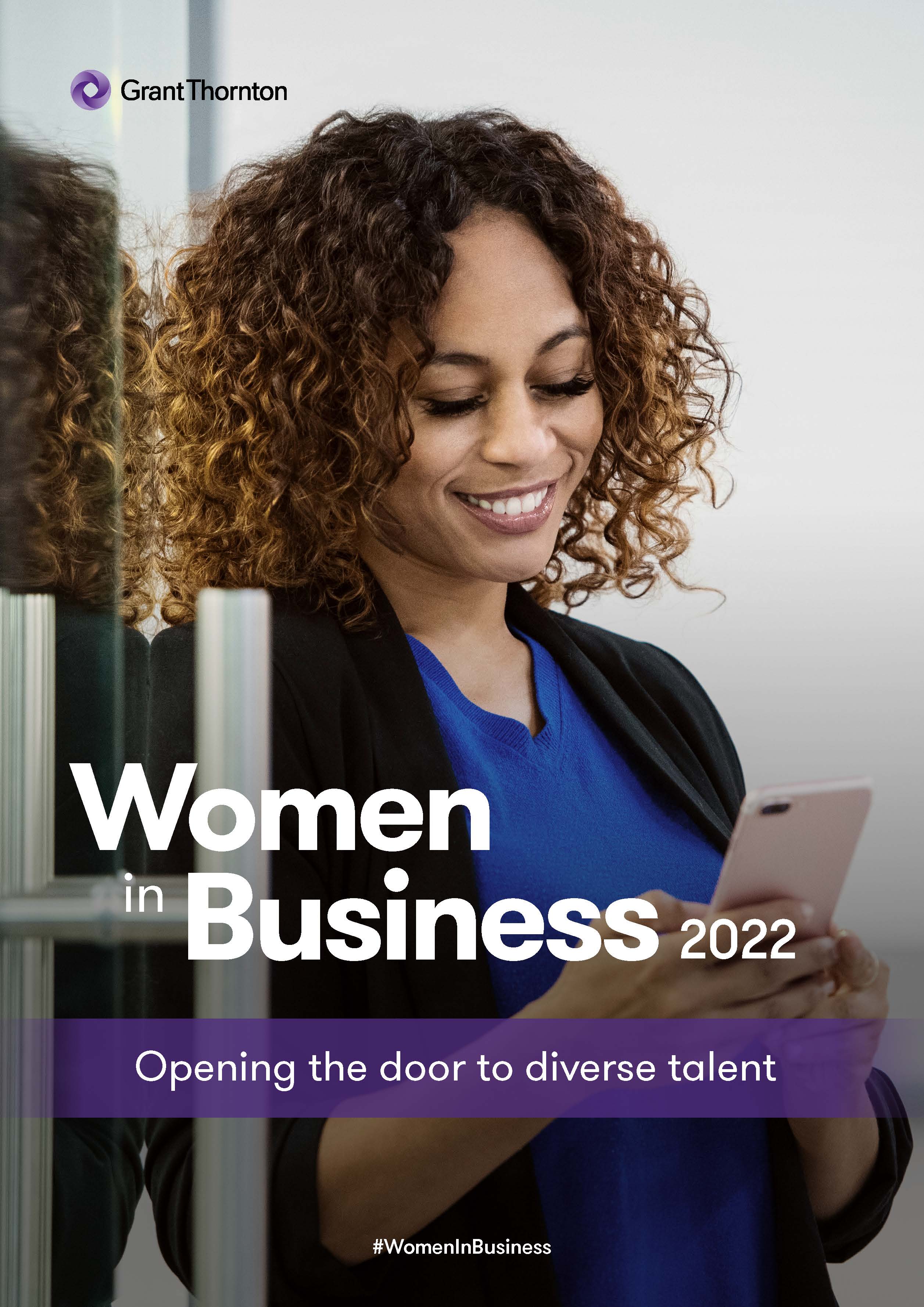-
Business valuations
We offer expert valuation advice in transactions, regulatory and administrative matters, and matters subject to dispute – valuing businesses, shares and intangible assets in a wide range of industries.
-
Capital markets
You need corporate finance specialists experienced in international capital markets on your side if you’re buying or selling financial securities.
-
Complex and international services
Our experience of multi-jurisdictional insolvencies coupled with our international reputation allows us to deliver the best possible outcome for all stakeholders.
-
Corporate insolvency
Our corporate investigation and recovery teams can help you manage insolvency situations and facilitate the best outcome.
-
Debt advisory
An optimal funding structure for your organisation presents unprecedented opportunities, but achieving this can be difficult without a trusted advisor.
-
Expert witness
Our expert witnesses analyse, interpret, summarise and present complex financial and business-related issues which are understandable and properly supported.
-
Financial models
A sound financial model will help you understand the impact of your decisions before you make them. Talk to us about our user-friendly models.
-
Forensic and investigation services
We provide investigative accounting and litigation support services for commercial, matrimonial, criminal, business valuation and insurance disputes.
-
Independent business review
Is your business viable? Will it remain viable in the future? A thorough independent business review can help your organisation answer these fundamental questions.
-
IT forensics
Effective ESI analysis is integral to the success of your business. Our IT forensics experts have the technical expertise to identify, preserve and interrogate electronic data.
-
Mergers and acquisitions
Grant Thornton provides strategic and execution support for mergers, acquisitions, sales and fundraising.
-
Raising finance
Raising finance - funders value partners who can deliver a robust financial model, a sound business strategy and rigorous planning. We can guide you through the challenges that these transactions can pose and help you build a foundation for long term success once the deal is done.
-
Relationship property services
Grant Thornton offers high quality independent advice on the many financial issues associated with relationship property from considering an individual financial issue to all aspects of a complex settlement.
-
Restructuring and turnaround
Grant Thornton’s restructuring and turnaround service capabilities include cash flow, liquidity management and forecasting; crisis and interim management; financial advisory services to companies and parties in transition and distress
-
Transaction advisory
Our depth of market knowledge will steer you through the transaction process. Grant Thornton’s dynamic teams offer range of financial, commercial and operational expertise.
-
Corporate tax
Grant Thornton can identify tax issues, risks and opportunities in your organisation and implement strategies to improve your bottom line.
-
Employment tax
Grant Thornton’s advisers can help you with PAYE (payroll tax), Kiwisaver, fringe benefits tax (FBT), student loans, global mobility services, international tax
-
Global mobility services
Our team can help expatriates and their employers deal with tax and employment matters both in New Zealand and overseas. With the correct planning advice, employee allowances and benefits may be structured to avoid double taxation and achieve tax savings.
-
GST
GST has the potential to become a minefield and can be expensive when it goes wrong. Our technical knowledge can help you minimise the negative impact of GST
-
International tax
International tax rules are undergoing their biggest change in a generation. Tax authorities around the world are increasingly vigilant, especially when it comes to global operations.
-
Research and Development
R&D tax incentives are often underused and misunderstood – is your business maximising opportunities for making claims?
-
Tax compliance
Our advisers help clients manage the critical issue of compliance across accountancy regulations, corporation law and tax. We also offer business and wealth advisory services, which means we can provide a seamless and tax-effective offering to our clients.
-
Transfer pricing
Tax authorities are demanding transparency in international arrangements. We businesses comply with regulations and use transfer pricing as a strategic planning tool.
-
Audit methodology
Our five step audit methodology offers a high quality service wherever you are in the world and includes planning, risk assessment, testing internal controls, substantive testing, and concluding and reporting
-
Audit technology
We apply our audit methodology with an integrated set of software tools known as the Voyager suite. Our technology has been developed to produce quality audits that are effective and efficient.
-
Financial reporting advisory
Our financial reporting advisers have the expertise to help you deal with the constantly evolving regulatory environment.
-
Business architecture
Our business architects help businesses with disruptive conditions, business expansion and competitive challenges; the deployment of your strategy is critical to success.
-
Cloud services
Our team is led by cloud business experts who tailor services to the needs of your organisation, from strategy and implementation to ongoing services assurance.
-
Internal audit
Our internal audits deliver independent assurance over key controls within your riskiest processes, proving what works and what doesn’t and recommending improvements.
-
IT advisory
Our hands on product experience, extensive functional knowledge and industry insights help clients solve complex IT and technology issues
-
IT privacy and security
IT privacy and security should support your business strategy. Our pragmatic approach focuses on reducing cyber security risks specific to your organisation
-
Organisational & cultural change
The key to sustainable and future growth is a unified organisation operating within a strong cultural context, where transparency and communication are the priority for Kaimahi, and where visible leadership means walking the talk – but where does that journey begin?
-
Payroll assurance
Our specialist payroll assurance team can conduct a review of your payroll system configuration and processes, and then help you and your team to implement any necessary recalculations.
-
PCI DSS
Our information security specialists are approved Qualified Security Assessors (QSAs) that have been qualified by the PCI Security Standards Council to independently assess merchants and service providers.
-
Process improvement
As your organisation grows in size and complexity, processes that were once enabling often become cumbersome and inefficient. To maintain growth, your business must remain flexible, agile and profitable
-
Procurement/supply chain
Procurement and supply chain inputs will often dominate your balance sheet and constantly evolve for organisations to remain competitive and meet changing customer requirements
-
Project assurance
Major programmes and projects expose you to significant financial and reputational risk throughout their life cycle. Don’t let these risks become a reality.
-
Risk management
We understand that growing companies need to establish robust internal controls, and use information technology to effectively mitigate risk.
-
Robotic process automation (RPA)
RPA is emerging as the most sophisticated form of automation used to help businesses become more agile and remain competitive in the face of today’s ongoing digital disruption.
Now that we’re well into year three of the pandemic, for me, International Women’s Day 2022 is perhaps the most significant time to reflect on the monumental impact this black swan event has had on our work culture, and the speed at which previous norms have been turned on their head.
If I was writing this piece three decades ago at the start of my career, I would be sitting in a cubicle in my dress-code-compliant skirt (no more than three centimetres above the knee!), high heels (a requirement unless you were pregnant), surrounded by similarly dressed ladies and of course, men who had to be suited and booted. And of course, the back then, most organisations were in all likelihood led by boards or partner groups comprising only men.
Today, I can “dress for the day”, per our firm’s dress code which has been in place for a few years now, along with technology enabling us to work from anywhere. In the past decade, I have seen mindset changes across the businesses I work with, my own industry and society in general. It’s taken some time but today the business community enjoys a far more inclusive, authentic and diverse culture and outlook – all of which have been accelerated by the pandemic.
COVID-19 has created more opportunities for women in business
COVID-19 has created greater demand for more diverse leadership to meet the challenges of the post-pandemic business landscape. Subsequently, the doors for female talent to access senior positions have been flung wide open - and in greater numbers than ever before.
According to Grant Thornton’s latest Women in Business Research, the war for talent is raging on. More than 70% of businesses surveyed are now working to create a more inclusive environment to attract and retain female recruits. These businesses are specifically seeking out the perspectives and attributes female leaders can bring to the table.
In a 2019 study published in Harvard Business Review, women in senior positions were rated in 360-degree reviews as highly competent in a range of key leadership characteristics. These included taking the initiative, resilience, inspiring and motivating others, championing change and driving for results – all vital skills needed for agile, forward-looking businesses aiming to thrive in the post- pandemic economy.
Leadership styles have evolved throughout the pandemic and, if anything, business leaders have recognised that empathy and human connection are extremely beneficial in the long-term.
The pandemic has sharply shifted perceptions around work schedules
In the early days of the pandemic, few could have predicted the lasting effect COVID-19 would have on established ways of working. Now, with much of the world stabilising, and recognition from businesses that change is needed, the march toward increasingly inclusive working practices to attract and retain a more diverse talent pool continues unabated.
With nearly two thirds (57%) of mid-market leaders expecting a skill shortage to be a major constraint to their businesses in the year ahead, Grant Thornton’s research shows that in response, 95% of mid-market business leaders are now taking action to foster staff engagement and create an inclusive culture.
This flexibility has changed the perception around work schedules. The idea of productivity is no longer driven by physical presence in the office and is much more oriented towards deliverables and outputs. Assuming these working models remain after the pandemic, it’s fair to assume this will deliver many more leadership opportunities for women who, in the past, were confined by traditional approaches to work. Now, they have the freedom of choice and it’s our expectation more inclusive environments are here to stay for the foreseeable future.
Career trajectories are set to smash the glass ceiling – but the number of women in senior management still moving at a glacial pace
As these new ways of working become the norm for many organisations, 73% of respondents expect that the impact of COVID-19 will continue to benefit women’s career trajectories long-term – an increase of four percentage points from our 2021 research. This could be an indication that a step change is on the horizon. But in the meantime, the number of women in senior management positions continues its glacial progress, advancing just a single percentage point to 32% in 2022. All global regions have now passed the crucial 30% milestone, including APAC, which was the only region not to hit this figure in 2021.
While any progress is positive in light of COVID-19, this figure that has grown by only eight percentage points over the past ten years, showing that progress is being made, but at a sluggish rate when measured against many best-practise diversity metrics. Similarly, the proportion of businesses with at least one woman in senior management remains static at 90%.
Now is not the time to get complacent
Everything gained can be easily lost when we’re talking about progress that is this gradual. Positive market driven influences are all well and good, but without a consistent and structured approach to gender balance and diversity overall, we could see progress halted or even reversed.



